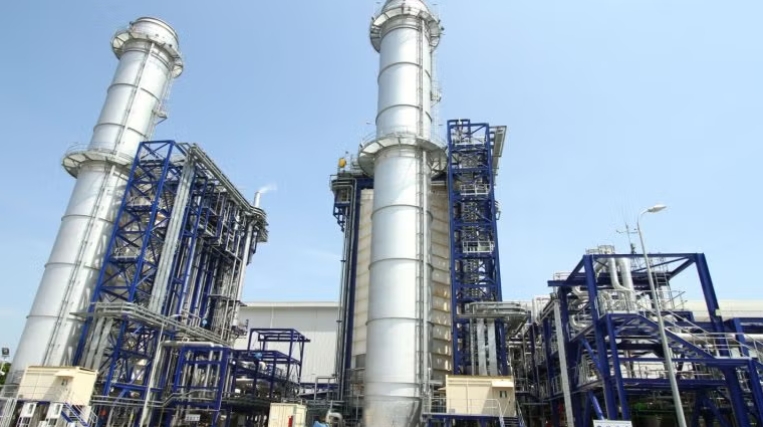
Combined-cycle gas turbines (CCGTs), known for their efficiency and flexibility, continue to play an essential role in maintaining grid stability in the US.
Natural gas has been the primary source of U.S. electricity since 2016, and CCGTs are valued for their efficiency and ability to stabilize the grid. These units can rapidly adjust output to balance fluctuations in demand and supply, a critical feature as renewable energy sources like solar and wind become more integrated. CCGTs typically operate for 25 to 30 years, with potential extensions through upgrades and maintenance.
In 2024, only one new CCGT unit, contributing 98MW, was commissioned at the Plaquemines liquefied natural gas export terminal. This limited activity reflects a shift toward renewables, driven by lower costs and federal incentives for green energy. However, developers have scheduled 1.6GW of CCGT capacity for completion in 2025, including projects like the Intermountain Power Project in Utah and Magnolia Power in Louisiana, which will incorporate hydrogen co-firing and add 1.5GW combined.
Looking ahead, over half of the 3.3GW planned for 2026 is under construction, while most of the 3.3GW targeted for 2027 awaits construction start. The largest addition is projected for 2028, with 10.6GW of CCGT capacity potentially coming online, marking the highest annual increase since 2018. Developers face challenges in securing regulatory approvals and equipment, which may impact costs and timelines.
In February 2025, the EIA forecasted record electricity consumption in 2025 and 2026, driven by rising demand from data centers. An EIA spokesperson noted: “Electricity consumption in the US will reach record levels in 2025 and 2026 due to an increase in electricity demand from data centres.” This underscores the need for reliable power sources like CCGTs to complement renewables.
The planned CCGT expansions highlight the ongoing role of natural gas in ensuring grid reliability while supporting the integration of cleaner energy sources. As developers navigate regulatory and logistical hurdles, these projects will contribute to meeting the growing energy demands of the U.S. through 2028.